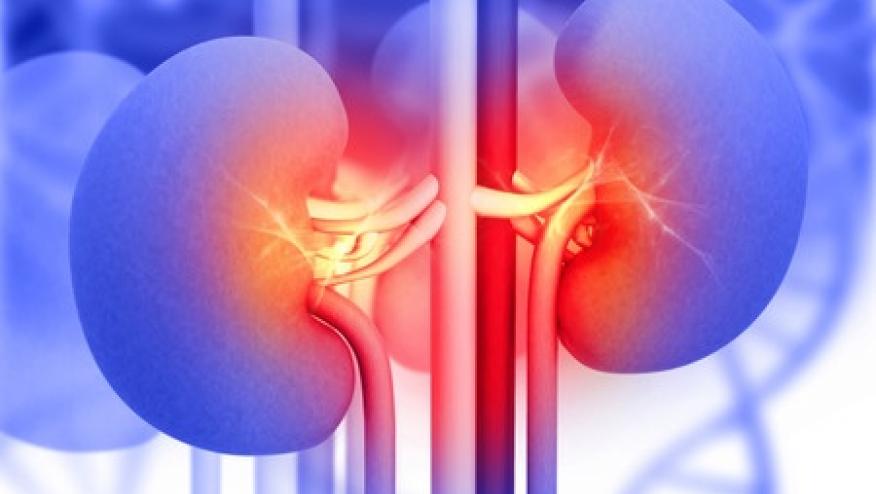Imaging Mass Cytometry to Study Lupus Nephritis Save

Lupus researchers from the University of Houston are reporting the first use of the powerful imaging mass cytometry (IMC) to examine the kidneys of patients with systemic lupus erythematosus (SLE), as a means of diagnosing lupus nephritis (LN) in SLE patients. LN is a severe inflammation of the kidneys and a major cause of death in lupus patients. Up to 60% of SLE patients will develop renal symptoms with 5–20% of those patients progressing to end stage kidney disease within 10 years.
IMC can showcase the presence of as many as 37 different proteins in human tissue simultaneously and marks a significant leap beyond the limitations of the traditional approach, which allowed the examination of only 1-3 distinct proteins within a specific tissue. Often in combination with machine learning algorithms, IMC has been used to characterize the cellular makeup of the human kidney, distinguish between cell types and identify novel markers for disease.
“Due to unique advantages that allow high-dimensional tissue profiling, we postulated imaging mass cytometry may shed novel insights on the molecular makeup of proliferative lupus nephritis,” reports Dr. Chandra Mohan in the journal Clinical Immunology. “This study interrogates the expression profiles of 50 target proteins in lupus nephritis and control kidneys.”
Currently, the standard for LN diagnosis is a painful renal biopsy and study of the tissues that are taken out to determine disease outcome and treatment response.
“However, there is low inter-pathologist concordance when determining classes and pathology indices which can lead to misclassification of LN, improper disease treatment, and sub-optimal patient outcomes,” said Mohan. “Renal biopsies also provide a limited amount of tissue, restricting the type and extent of analysis that can be performed on a sample.”
There are several major advantages to IMC including its ability to pinpoint locations of tissues for further study. During the IMC research and examination of 21 patients, Mohan found both decreased and increased disease markers that point to renal disease and that a subset of glomeruli, may be enlarged in some LN patients.
“Decreased expression of epithelial markers along with an increased expression of mesenchymal markers, also termed epithelial to mesenchymal plasticity (EMP) have been reported in kidney biopsies from patients with renal diseases, including LN,” said Mohan. “It is very likely that the parietal epithelial cells encircling the glomeruli may be an additional site of EMP in proliferative LN, though this needs to be verified using additional markers. EMP could certainly affect additional cells in LN kidneys, but this needs to be systematically investigated.”
The studies were led by Dr. Chandra Mohan (the Hugh Roy and Lillie Cranz Cullen Endowed Professor of biomedical engineering( and carried out by postdoctoral fellow Crosslee Titus, together with Mohan’s team at UH. Also involved in the research are teams led by Shu-Hsia Chen, Houston Methodist Research Institute; Minghui Zhao, Peking University First Hospital, Beijing, PR China; and Anthony Chang, The University of Chicago.









If you are a health practitioner, you may Login/Register to comment.
Due to the nature of these comment forums, only health practitioners are allowed to comment at this time.